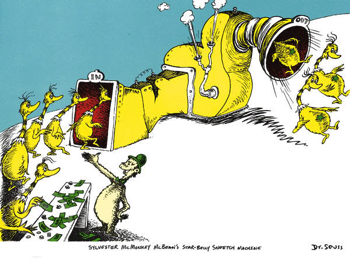
Most high school graduates enroll in college, but one in four will be placed in remedial math or English or both, reports Education Reform Now. At community colleges, a majority of entering students aren’t prepared for college-level work.
Not surprisingly, poorly prepared students are more likely to drop out. Those who earn a degree take longer and spend more to reach their goals.
More than half a million college freshmen—approximately one in four students who enter college the fall after high school graduation – had to enroll in remedial coursework during their first year of college, costing their families nearly $1.5 billion annually. Forty-five percent of those students came from middle and upper income families, according to “Out of Pocket: The High Cost of Inadequate High Schools and High School Student Achievement on College Affordability,” a new research report from Education Reform Now and Education Post.
Not only does college remediation cut across all income levels, but it’s also common across all types of post-secondary institutions. Nearly half – 43 percent – of remedial students were enrolled in public four-year colleges or private two- and four-year colleges. The other 57 percent were enrolled in public community colleges.
The report’s co-author, Mary Nguyen Barry of Education Reform Now, said, “We have long studied how our country’s elementary and secondary schools have underserved low-income students and students of color, but inadequate academic preparation does not end with students and schools from low-income communities. The problem is much more widespread. Inadequate high school preparation, as reflected by postsecondary remedial course enrollment, is also a middle class and upper-class problem and has real out-of-pocket financial consequences for all.”
Peter Cunningham, Executive Director of Education Post, which commissioned the study, said, “High schools are not rigorous enough. Higher standards have raised the bar but we need to hold schools accountable for meeting those standards.”